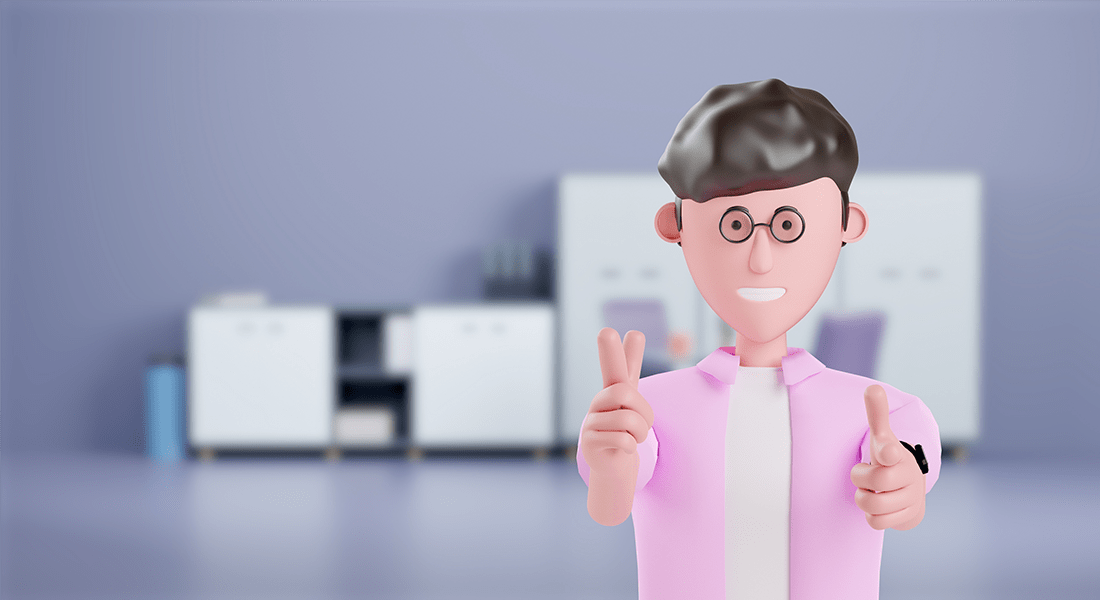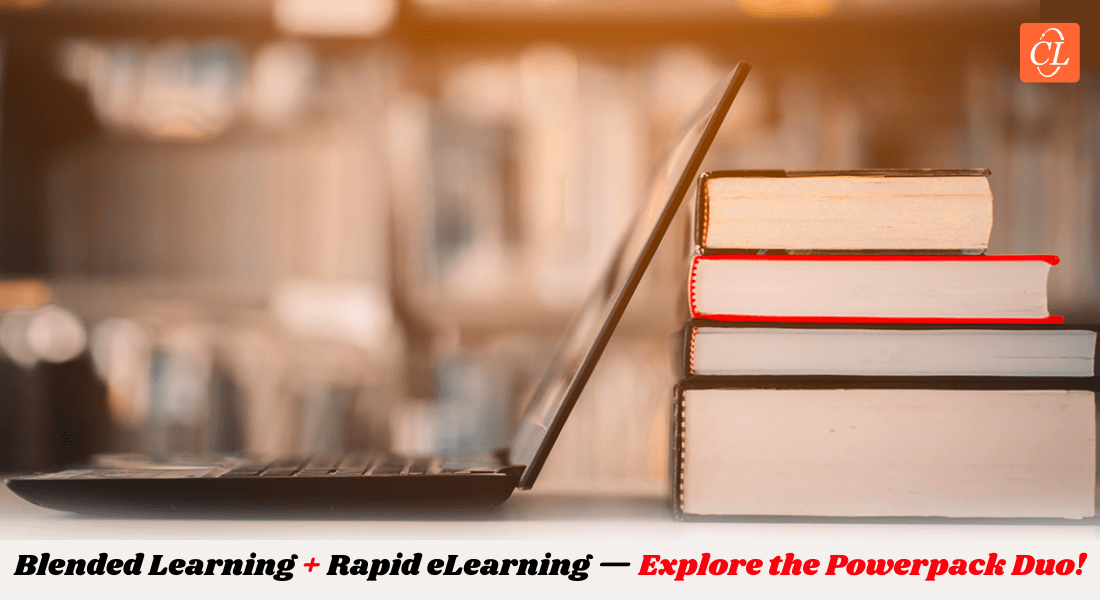Blended Learning in Healthcare: Modern Approaches for Effective Training

As healthcare professionals, staying up-to-date with the latest knowledge and techniques is critical for providing the best care for patients. However, traditional training methods can be time-consuming and costly and often fail to engage learners. That’s where blended learning comes in. By incorporating innovative technologies and approaches, healthcare training managers can create more effective, engaging, and efficient training programs that meet the unique needs and preferences of each learner. From virtual reality simulations to social learning, the possibilities are endless. Let’s explore some of the most modern methods to include in a blended learning module for healthcare training.
Trying to Deliver Effective Healthcare Training? Try Blended Learning!
Here are 5 modern ways to use it:
- Virtual reality simulations
- Mobile learning
- Immersive eLearning
- Microlearning
- Social learning
5 Modern Methods to Include in a Blended Learning Module for Healthcare Training
1. Augmented Reality (AR) & Virtual Reality (VR) simulations
AR & VR simulations can be used to create an immersive and realistic training experience for healthcare professionals. Medical professionals can use these simulations to practice surgical procedures and emergency response situations, such as resuscitation in a controlled environment, without any risk to real patients. Another example of this could be an AR/VR simulation that displays a surgical procedure, such as a laparoscopic cholecystectomy. The simulation could include a detailed 3D model of the patient’s abdomen, instruments, and equipment. The learner could use hand controllers to manipulate the instruments and perform the procedure, with the VR simulation providing real-time feedback on their performance.
2. Mobile learning
Mobile learning provides a convenient and accessible way for healthcare professionals to access training materials on their smartphones or tablets. Healthcare training managers can use mobile learning to deliver short, interactive modules that can be accessed on the go. Healthcare professionals could access training modules on medication management while on their daily commute or waiting for a patient appointment.
You can consider the process of insulin administration. A mobile learning module can be designed to deliver training for the process. It could include a short video that demonstrates the correct technique for injecting insulin, along with a quiz to reinforce key concepts. The module could be accessed on a smartphone or tablet, allowing them to learn at their own pace. The module could also include links to additional resources, such as guidelines or reference materials, to help learners reinforce their learning.
→ Download eBook Now – Mobile Learning: How to Overcome Implementation Barriers
3. Immersive eLearning
Immersive eLearning methods like quizzes, games, and simulations can be a part of the blended learning approach to help reinforce learning objectives. Healthcare professionals could use an interactive game to learn about infection control, with the game challenging them to identify and mitigate infection risks in a simulated environment. A practical example of this could be an eLearning module on hand hygiene. The module could include interactive elements such as a quiz, where the learner must identify the correct hand hygiene technique for a given scenario followed by a simulation where the learner must wash their hands correctly to reduce the risk of infection.
4. Microlearning
Microlearning involves delivering small, bite-sized pieces of information that can be consumed quickly and easily. Healthcare training managers can use microlearning to deliver training modules on specific topics, such as infection control or medication management. Microlearning assets can be designed in very limited time and budget, so it can be an ideal solution to provide healthcare training on a larger scale. For example, healthcare professionals could access a microlearning module on blood glucose monitoring, which includes a short video on how to use a glucometer, along with a quiz to test the learner’s knowledge of interpreting blood glucose readings.
5. Social learning
Social learning encourages collaboration and interaction among learners. Healthcare training managers can use social learning tools like discussion forums, blogs, and wikis to facilitate knowledge-sharing and peer-to-peer learning. For example, healthcare professionals can use a discussion forum to share best practices on wound care, or a wiki to collaboratively develop clinical guidelines. They can also use the forum to share their experiences and insights on medication safety and to ask questions or seek advice from their peers.
Parting Thoughts!
In conclusion, blended learning provides healthcare training managers with a range of innovative tools and approaches to deliver more effective, engaging, and efficient training programs for healthcare professionals. By incorporating and combining the various methods, you can create a perfect blended learning module and provide a more personalized and adaptive learning experience that meets the unique needs and preferences of each learner. Here’s a free eBook as well explaining the importance of blended learning and how it can enhance employee performance, go check it out now!





